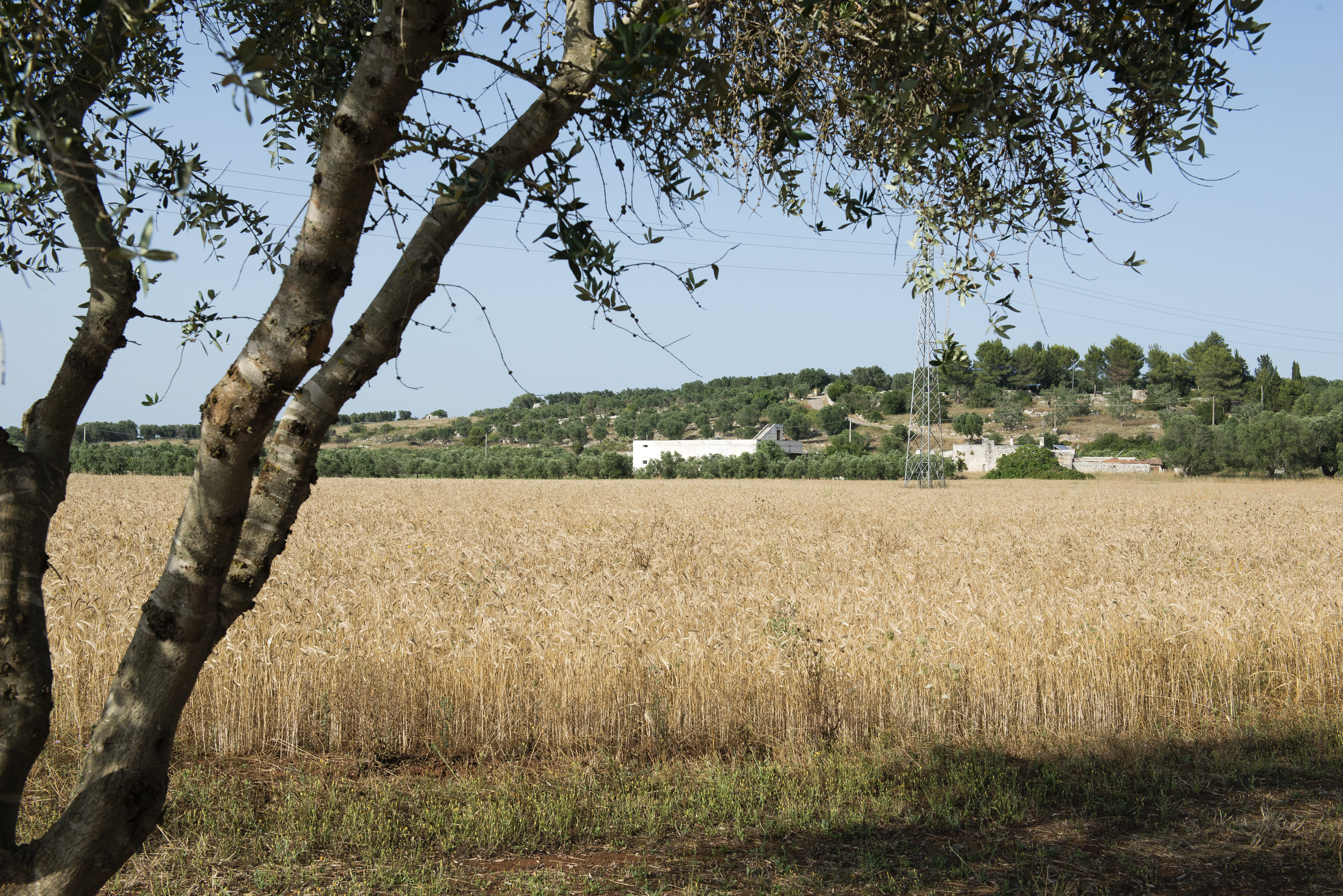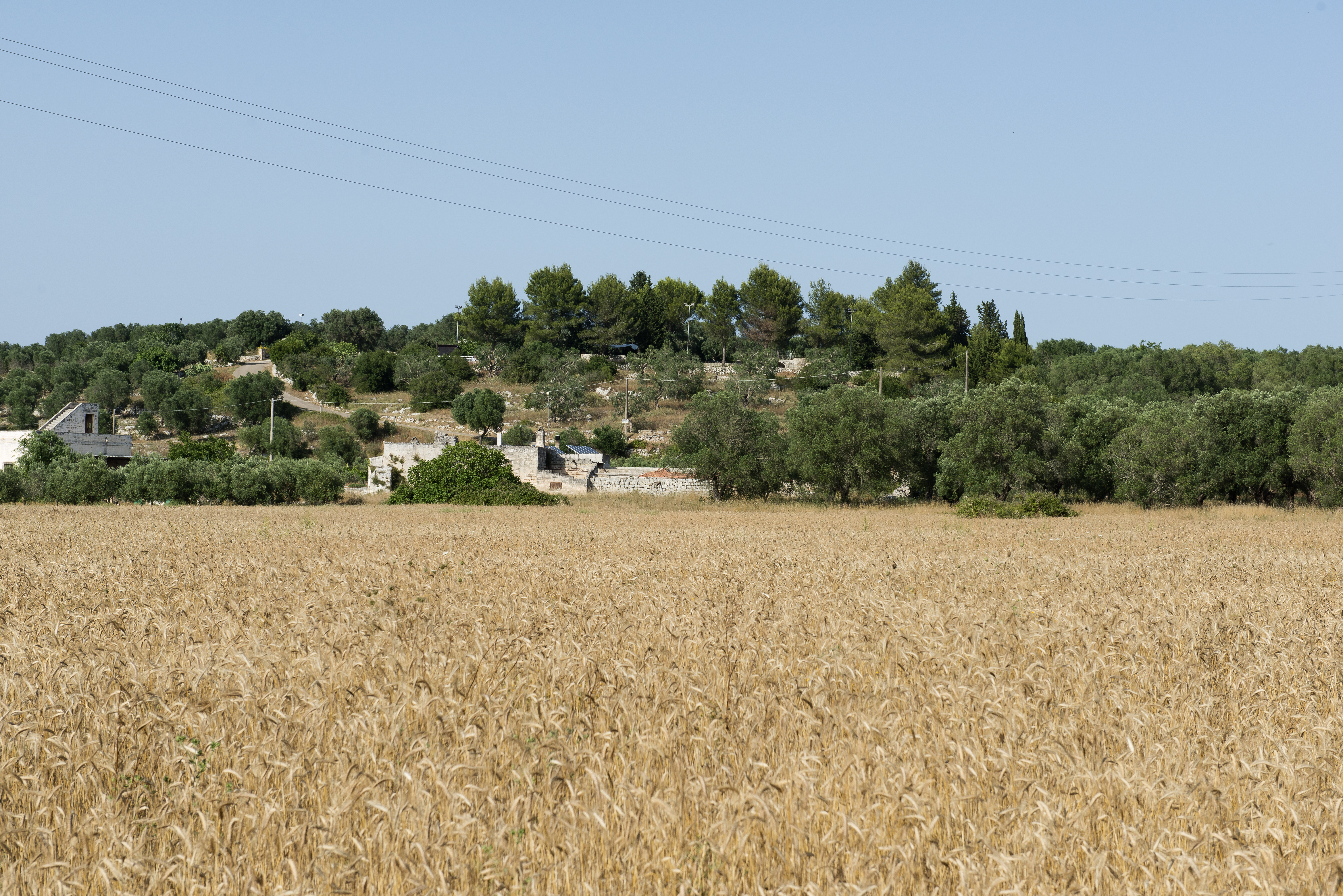A stone’s throw from Il Fòllaro and the Crypt of St. John the Baptist is the hill of nymphs and children. There is no place in Apulia so tied to tradition, rich in myths and suggestions as the olive grove that falls in this area. Considered not only in Italy, but also outside the borders of our peninsula, of equal importance to the more famous “Stonehenge” thanks to the ancient testimonies of which this land preserves traces: from dolmens to menhirs, from sacred rocks to altars.
This area that surrounds and embraces Il Fòllaro is a place full of legends and myths. Among the protagonists are orcs and nymphs, ghosts and devils, old witches and goblins (“scazzamurieddhi”), but also heroes like Hercules and saints like St. John the Baptist and St. Basil. The stories and sources are many: from the small farmer of Giuggianello or the nearby villages, to ancient Greek or Latin authors.
According to a recent study, the most ancient passage written and linked to this hill is attributed to the writer Nicandro di Colofone in the second century B.C. who tells “It is fabled that in the village of Messapi near the so-called “Sacred Rocks” appeared one day nymphs dancing and that the children of Messapi, abandoned their flocks to go and watch, had said that they knew how to dance better. These words stung the nymphs and a competition was held to determine who could dance better. The children, not realizing that they were competing with divine beings, danced as if they were measuring themselves against peers of mortal lineage. Their way of dancing was that of the shepherds, rough, of the shepherds themselves; that of the nymphs, instead, was of supreme beauty. So they triumphed over the children in the dance, and said to them, “You foolish young men, you wanted to compete with the nymphs, and now that you have been defeated you will pay the price. And the children were transformed into trees, in the place where they lay, by the sanctuary of the nymphs.
Then taken up by other authors, the legend of those places has continued between ancient steps and popular beliefs: it was said, in fact, until a few years ago, that the peasants of the nearby villages forbade their children to go to the Hill because there, it was said, “fairies may appear”, female creatures of extreme beauty able to “bewitch”. Or again, full of charm is the legend according to which the site was the home of an old witch, “la striara” who, at sunset, threw her “macarìe” (curses) against those who dared profane that place. Many and many are the magical stories linked to those places, capable of capturing and catapulting clients into another dimension.
The Fòllaro, therefore, is waiting for you to get to know these and other legends, to fall in love with the past among the olive groves and sacred rocks, but pay attention, oh children, pay attention to the dancing nymphs that still today, on summer nights, between a dish and a song, wander the hill.


